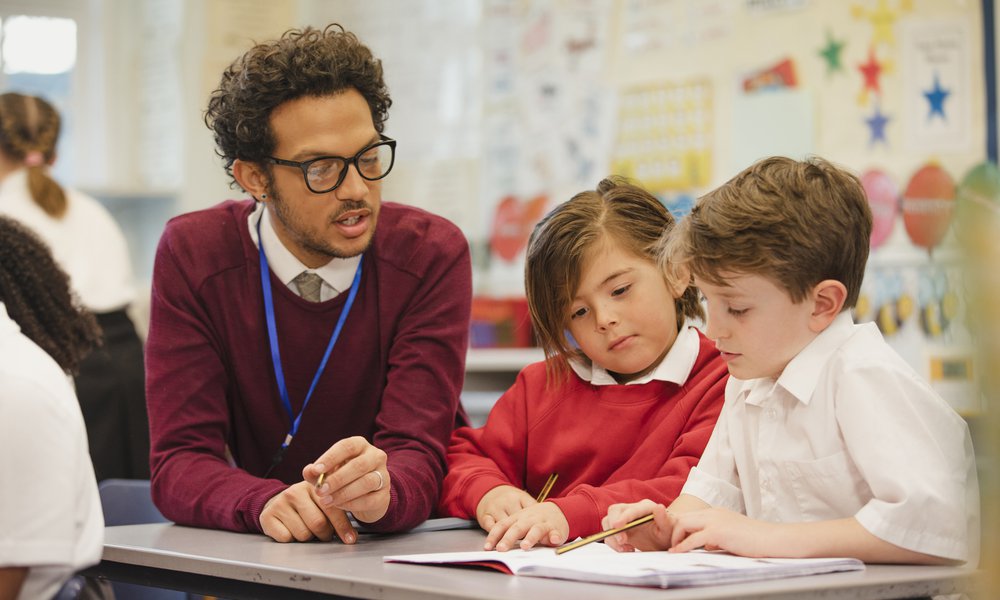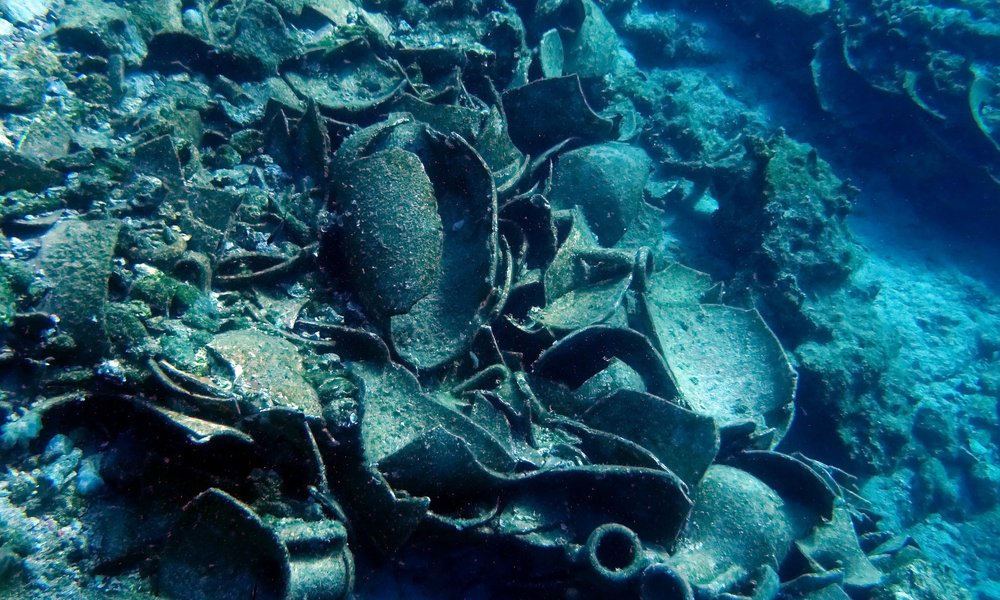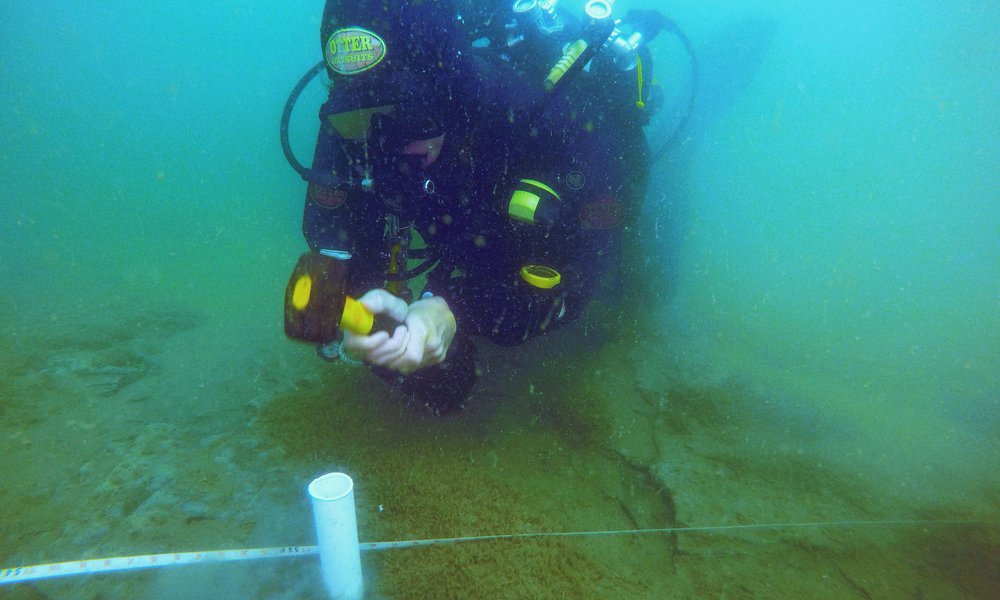Can our senses help us recapture hidden histories of places?
by Dr Emma Bond and Dr Mona Bozdog
12 Jun 2020
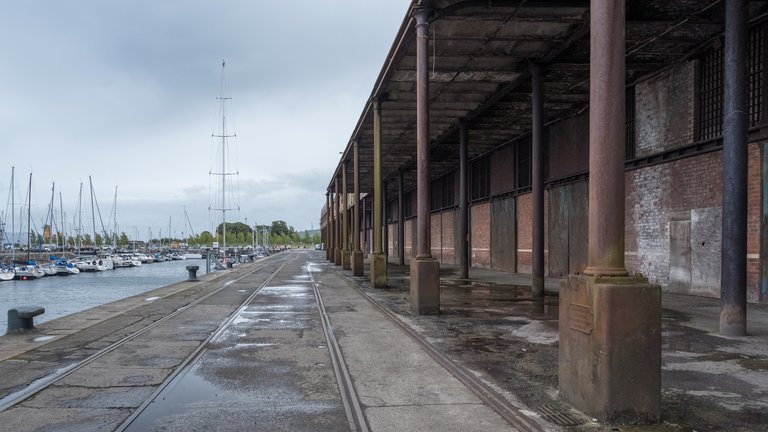
Local sugar histories in Britain
The history we tell about Britain’s involvement in sugar trading and refining usually focuses on big industrial centres such as Bristol, Liverpool and London. These are stories bound up with the transatlantic slave trade and the cities in question still display the imposing visual and material legacies of their sugar wealth. Yet what about smaller, more peripheral places that also held a key role in the sugar trade? These include towns that have been overlooked in national narratives and cultural memory due to processes of deindustrialisation and deprivation. Can we reaccess their local sugar histories through other senses, such as taste and smell?
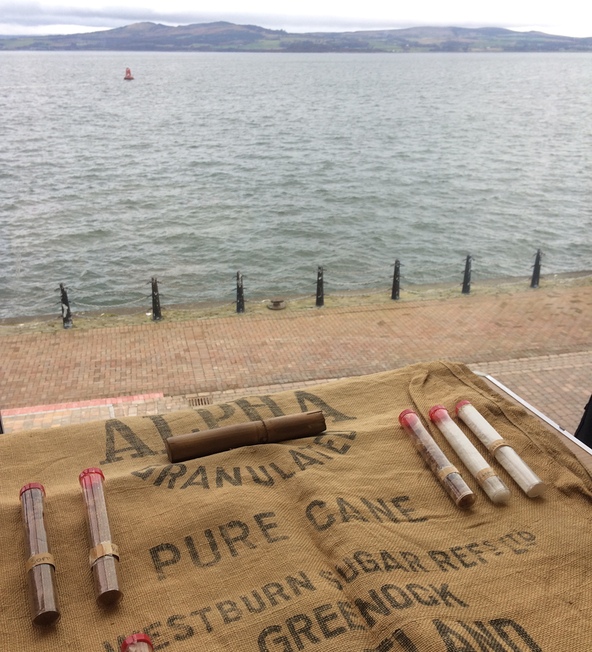
Greenock: Britain’s ‘Sugaropolis’
We are an interdisciplinary research team based across Scotland, and our expertise spans food anthropology, transnational cultural studies, immersive experiences and game design. Our project ‘Sensing Sugaropolis: Immersive Histories of Place’ focuses on the port town of Greenock, on the west coast of Scotland. Greenock stands at the mouth of the Clyde river and was once a global hub for sugar refining. At one time it was the largest depot of raw material in the United Kingdom. Over the past five years, we have been working with local residents, volunteers and school children to see if using local memories of taste and smell can bring Greenock’s sugar history back to life.
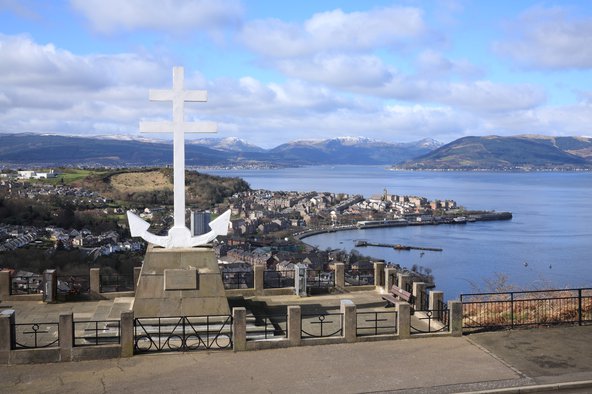
Sensory memory of place
We especially wanted to test innovative methods for exploring memories of taste and smell, and to see what creative outputs we could put together that would allow us to recapture a sense of Greenock’s sugar past. We believe that taste and smell are particularly effective ways to evoke wider memories associated with local histories.
The perception of smell consists not only of the sensation of the odours themselves, but of the experiences and emotions associated with them.
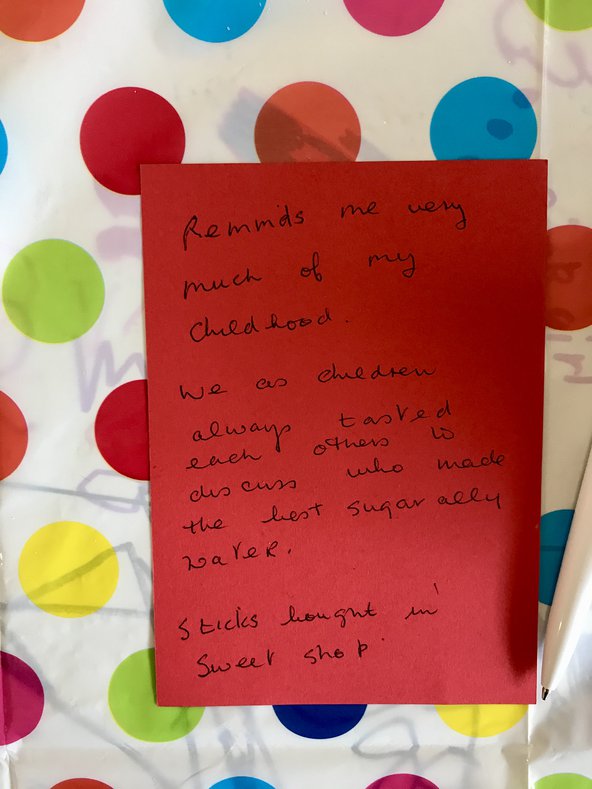
Sugar itself is a tactile and tangible thing, so we wanted to privilege its status as a material object by creating participatory activities that would allow people to taste and smell familiar sugary treats from their own pasts.
We carried out a series of taste interviews in Greenock, which involved us making batches of sugar-ally water – a local drink made of liquorice sticks, sugar and water, and left to ferment in glass bottles under the kitchen sink until it turns dark brown). We brought other traditional treats such as golden syrup, tablet, shortbread and macaroons for residents to taste, and record their memories of making, eating and drinking them in the past. We found that this often triggered other memories of local places (such as cafes, sweet shops, pubs and holidays) and of working patterns in the shipyards and refineries of Greenock.
Reimagining the past
With the memories we gathered, we decided to make an online sensory story map, where we could upload references to particular places and smells in Greenock. The story map will also be on physical display in the Watt Institution in Greenock and can be continuously added to through crowdsourcing. We are also working together with Abertay Game Lab to develop a smell video game which transforms the taste interviews into an interactive experience. As the ‘players’ open up and smell one of the five receptacles on display (a tin of Tate & Lyle golden syrup, a bottle of sugar-ally water, a jar full of penny sweets, a box of charcoal and ash, and a bottle of seawater and seaweed), they will also hear recordings of the memories of Greenock residents related to each smell and be shown related archival images. Our hope is that this multisensory experience will allow players to reimagine themselves into the smell-scape of Greenock, and to access its hidden sugar histories through gustatory, aural and olfactory means.
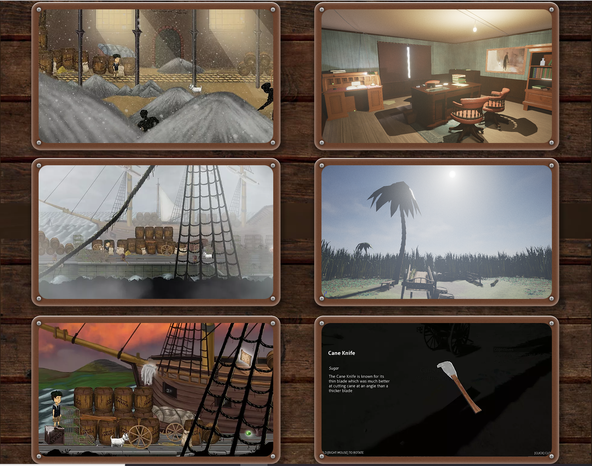
The visual signs of Greenock’s refineries, sugar exchange and shipyards have largely been lost or erased from the local landscape, and Scotland’s important role in British sugar trading and refining has to date not been widely shared and acknowledged. Our project aims to recapture this story through bringing memories of people’s material engagement with sugar back to life – particularly through the senses of smell and taste.
Dr Emma Bond is a Reader at the University of St Andrews. She received a BA / Leverhulme Small Research Grant in 2017. Dr Mona Bozdog is Lecturer in Immersive Experience Design at Abertay University. Their research into ‘Sugaropolis’ featured in the British Academy Virtual Summer Showcase.
Please share your own sugar memories on Twitter using the hashtag #mysugarstory and follow @efbond and @MonaBozdog for updates on the ‘Sensing Sugaropolis’ project.
Lead image: James Watt Dock in Greenock with its old derelict warehouses that used to house the brown sugar molasses © Jim McDowall / iStock Editorial / Getty Images Plus
If you like discovering more about the humanities and social sciences, join us at our Summer Showcase 2022, a free festival of ideas #ForCuriousMinds, 17-18 June. Book now.

